Demonstrations against an ill-fated extradition bill have become a protest movement with multiple strands now at play, united not by tactics but by shared grievances.
With a police crackdown already underway, the government is flirting with the idea of legislation under an outdated and controversial emergency ordinance that would plunge Hong Kong into martial law. Meanwhile, Beijing is continuing to forward the case for possible military or paramilitary help.
In light of this, a clear distinction must be made between a movement that is mostly peaceful and orderly, and the actions of a small and increasingly militant minority. Many of whom carry scars, both physical and emotional, from months of being on the front line. However, this distinction is increasingly being blurred.
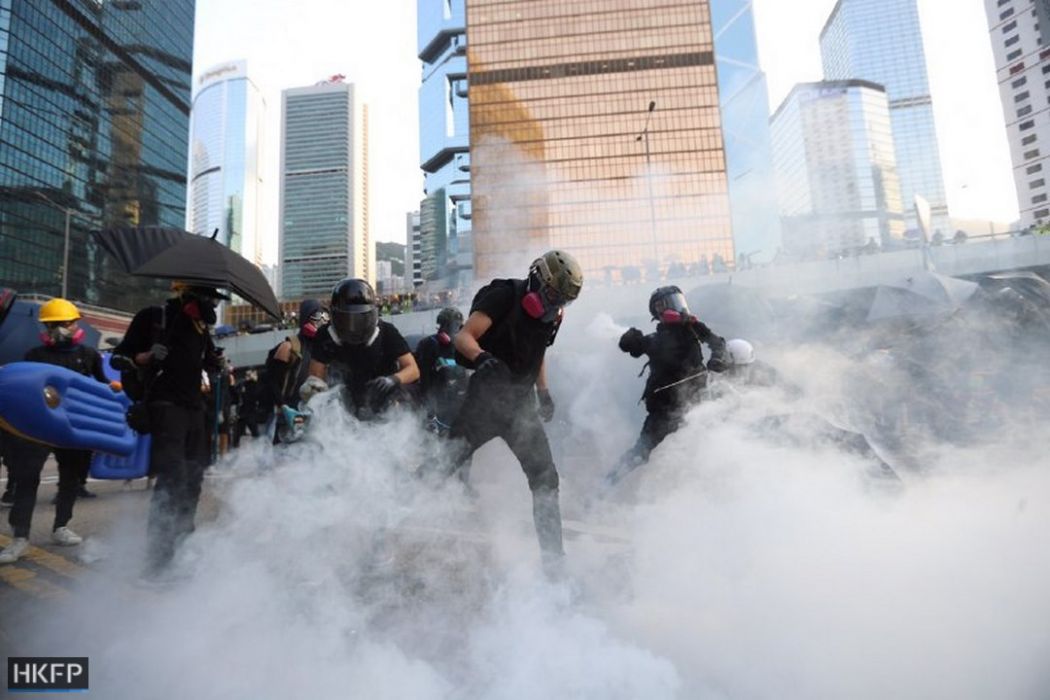
A recently published study by a respected political scientist at Lingnan University found that more than half of its respondents advocated the escalation of protest tactics. The report was widely shared on social media and was the subject of a article in The Conversation.
This is because the line that protesters support violence plays to three important biases. Firstly, it reads like a good news piece. Second, it provides reassurance to radical protesters that their actions carry public support. Thirdly, blurring the lines between peaceful and violent protesters justifies an indiscriminate crackdown that has already had a chilling effect on civil society.
However, the study itself has important limitations and therefore does not really support this understanding. What the study shows is that of the 8,000 protesters surveyed over 19 demonstrations, with an 85 per cent response rate, an increasing number are choosing to either agree or strongly agree that over time “Radical protests can force the government to listen to the people.”
Conversely, during the same period, there has been a decrease in the proportion of respondents who agree or strongly agree that “Radical protests will alienate the general public.” Therefore, as the study itself concludes, the findings can only be claimed to “provide evidence of the strong solidarity among the protesters,” and that in July more participants agreed that “the use of radical tactics by protesters is understandable when the government fails to listen.”
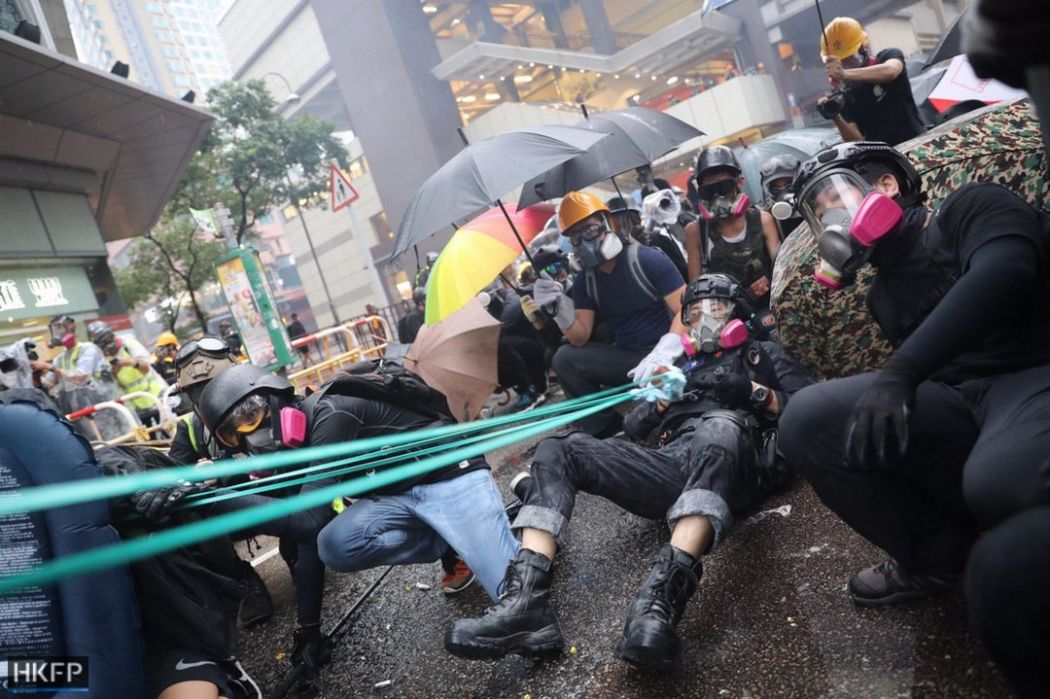
The survey does not show that there is broad support for escalating violence; nor does it show that those who attended the extremely large mass protests at the beginning of the movement, in addition to many others who sympathise, increasingly support the violent tactics currently deployed by a minority of the most radical protesters.
Indeed, the authors of the study make it clear that the study population—the people whom the research is supposed to represent—are not the broader base of protesters but rather only those who have continued to show up to protests. Furthermore, the very substantial differences among various protests are highlighted:
In mass rallies (Type I), protesters were more evenly distributed across age groups… However, in the case of fluid demonstrations (Type III), which often involved more confrontations, the proportion of protesters aged 30 or above significantly dropped. That is to say, fluid demonstrations were mostly dominated by young people under the age of 30. As for static demonstrations (Type II), the age profile is in between Type I and Type III.
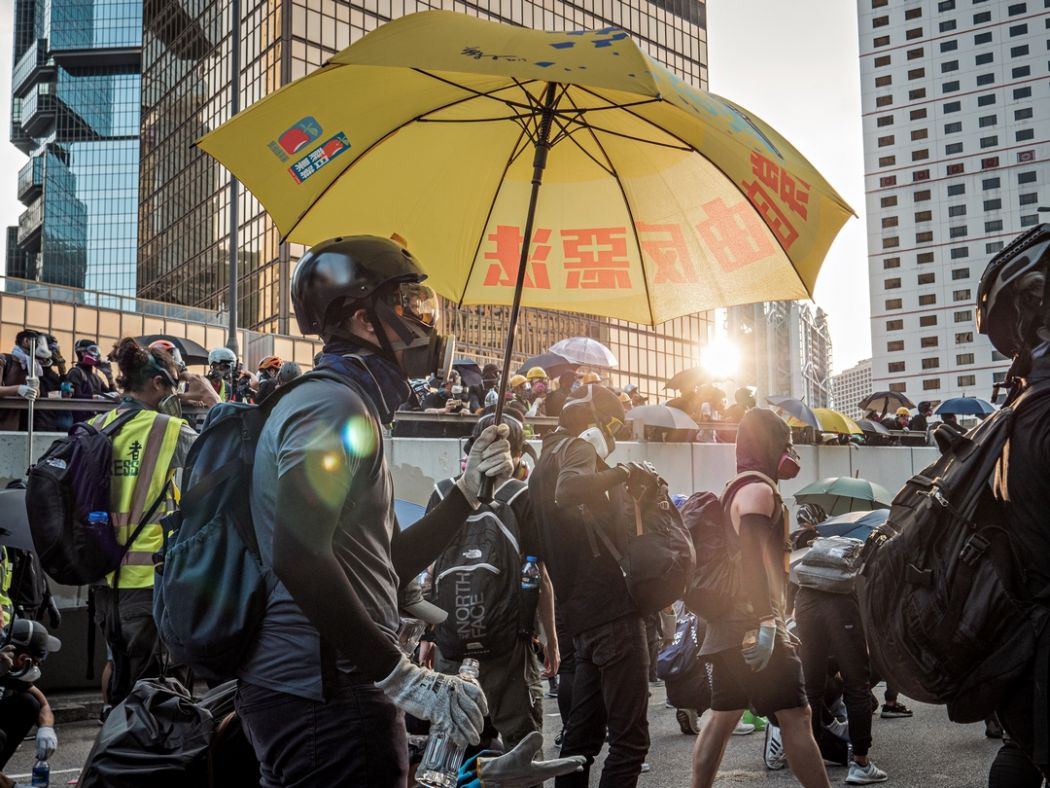
Then there is the issue of selection bias and the changing composition of the protesters surveyed. Consider the following possibility: let’s suppose that most peaceful protesters are actually against violent tactics. As protests become more violent, fewer of these protesters will attend. The surveys that have been conducted would not capture this dynamic, as these non-violent protesters drop out of the sample.
With one, albeit significant, exception, the protests no longer attract the massive numbers seen earlier this summer and have generally taken on a much more violent character. And while there is little doubt that a significant number of ordinary people continue to sympathise with the need to protest, it is misleading to claim from this study that such people support escalating violence.
Indeed the image of the protester has shifted from people from all walks of life to younger people in helmets and masks. As the authors themselves mentioned, the demographic composition of protesters has indeed changed.
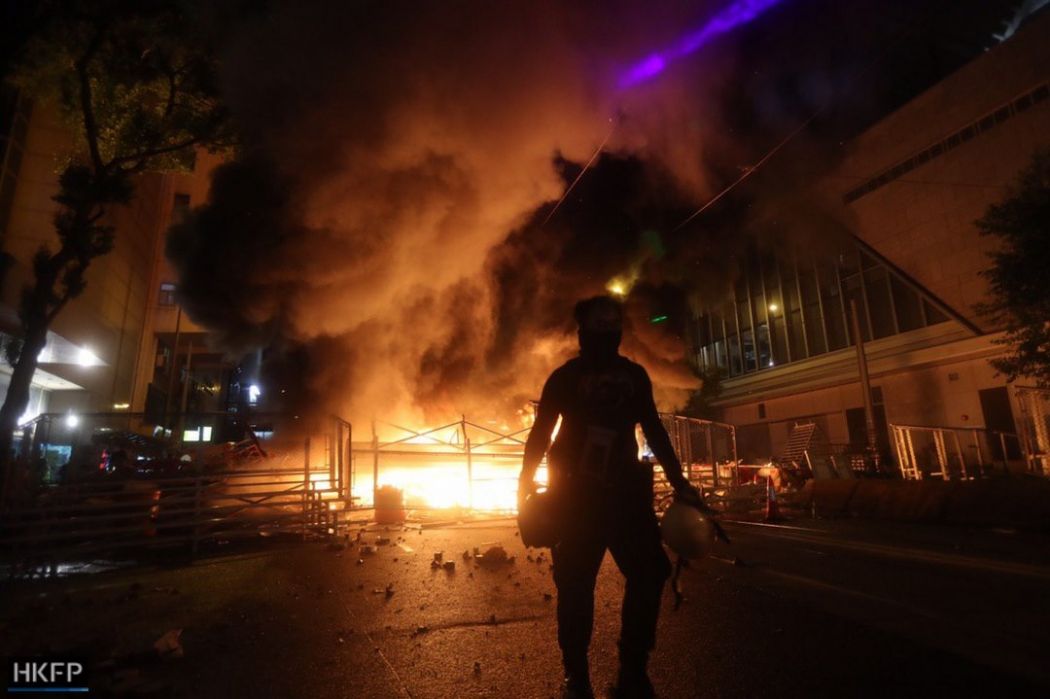
Findings from another survey research study–one studying the attitudes of the entire range of Hong Kong residents, including both protesters and non-protesters–have been circulating quietly among academics and journalists. These findings appear to indicate that support for violent tactics may actually be quite low–even among respondents who strongly support many or even most of the five demands put forward during the movement.
This narrative fits the pattern of social media posts. In June, a much larger and broader base of individuals made Facebook posts in support of the protests. Today, a substantial but much smaller number of people are still posting pro-protest content. Whilst other factors are no doubt at play, not least the effects of what is accurately described as “white terror,” the falling numbers do seem reflective of what on anecdotal evidence seems to be happening.
My point is not that the protest movement is losing support as it grows increasingly violent, though this may be the case. Rather that it cannot be stated with confidence on existing evidence that there is increasing support for the tactic of escalating violence; and that this narrative is dangerous as it provides fuel to extremism on both sides, providing legitimacy to violent protests and for an indiscriminate crackdown in response.
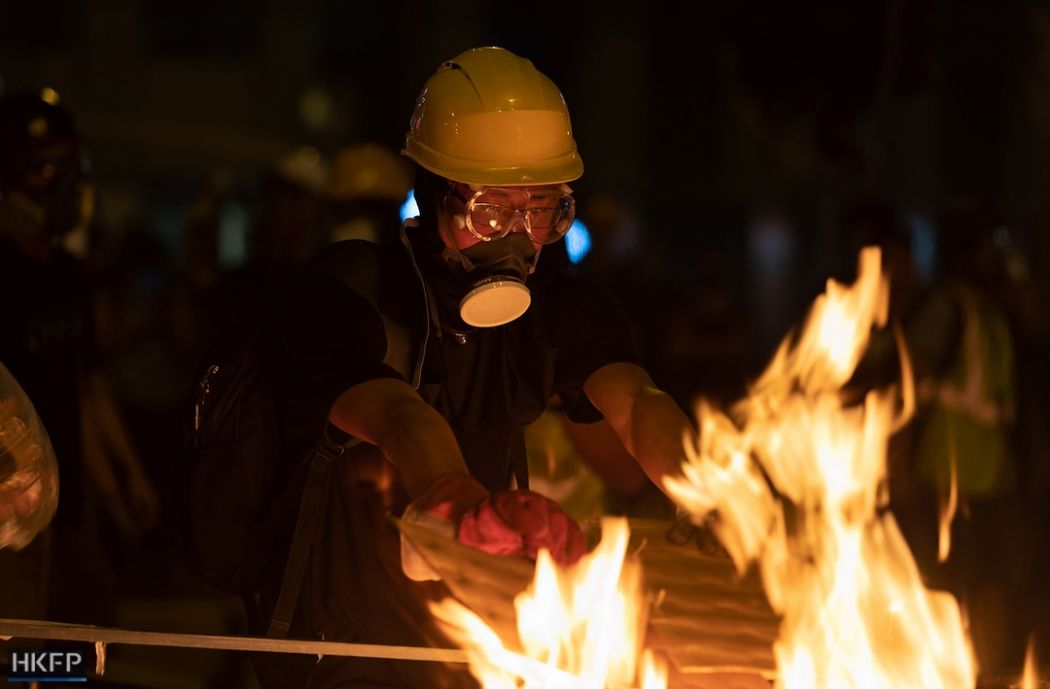
What might provide a more definitive answer is the results from the mass rally on August 18, which represented a non-violent interlude in the protest cycle, and may have drawn up to 1.8 million people, according to organiser estimates. These results, however, have yet to be publicised by the researchers.
Such legal mass rallies—when allowed—highlight the distinction between a large, passive majority who continue to share the protesters’ grievances and are still prepared to mobilise to protest legally and peacefully, and a small minority of dedicated, violent and radicalised protesters, numbering no more than a few thousand, who now regularly take to aggressive protesting. We must continue to make this distinction.
